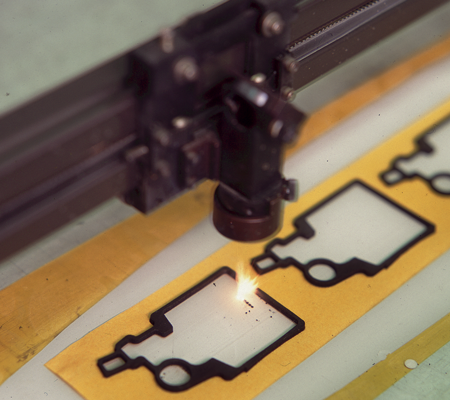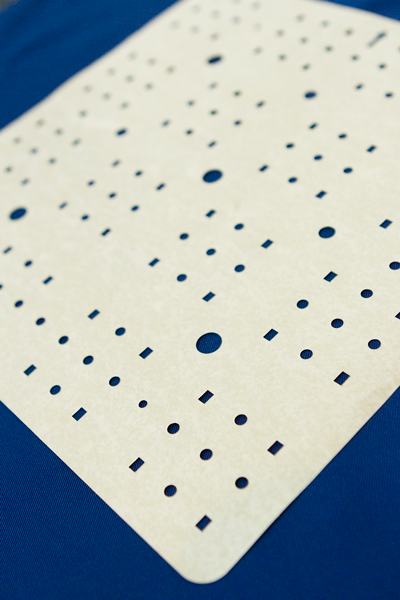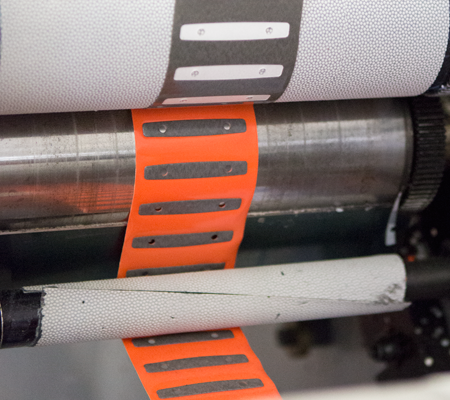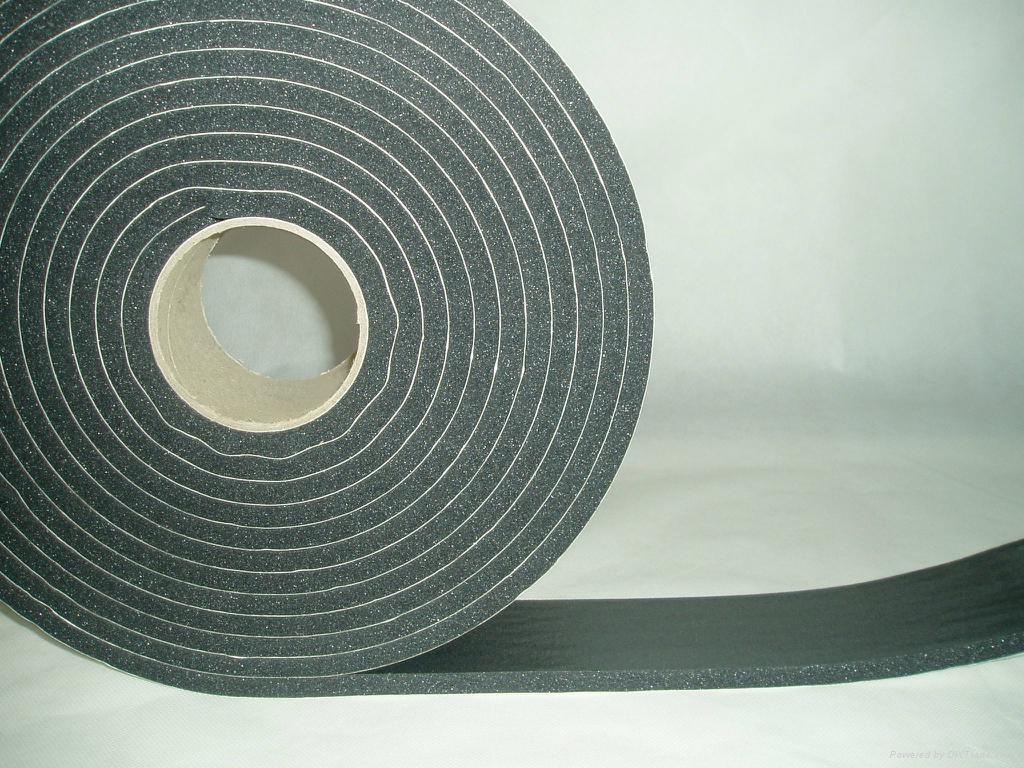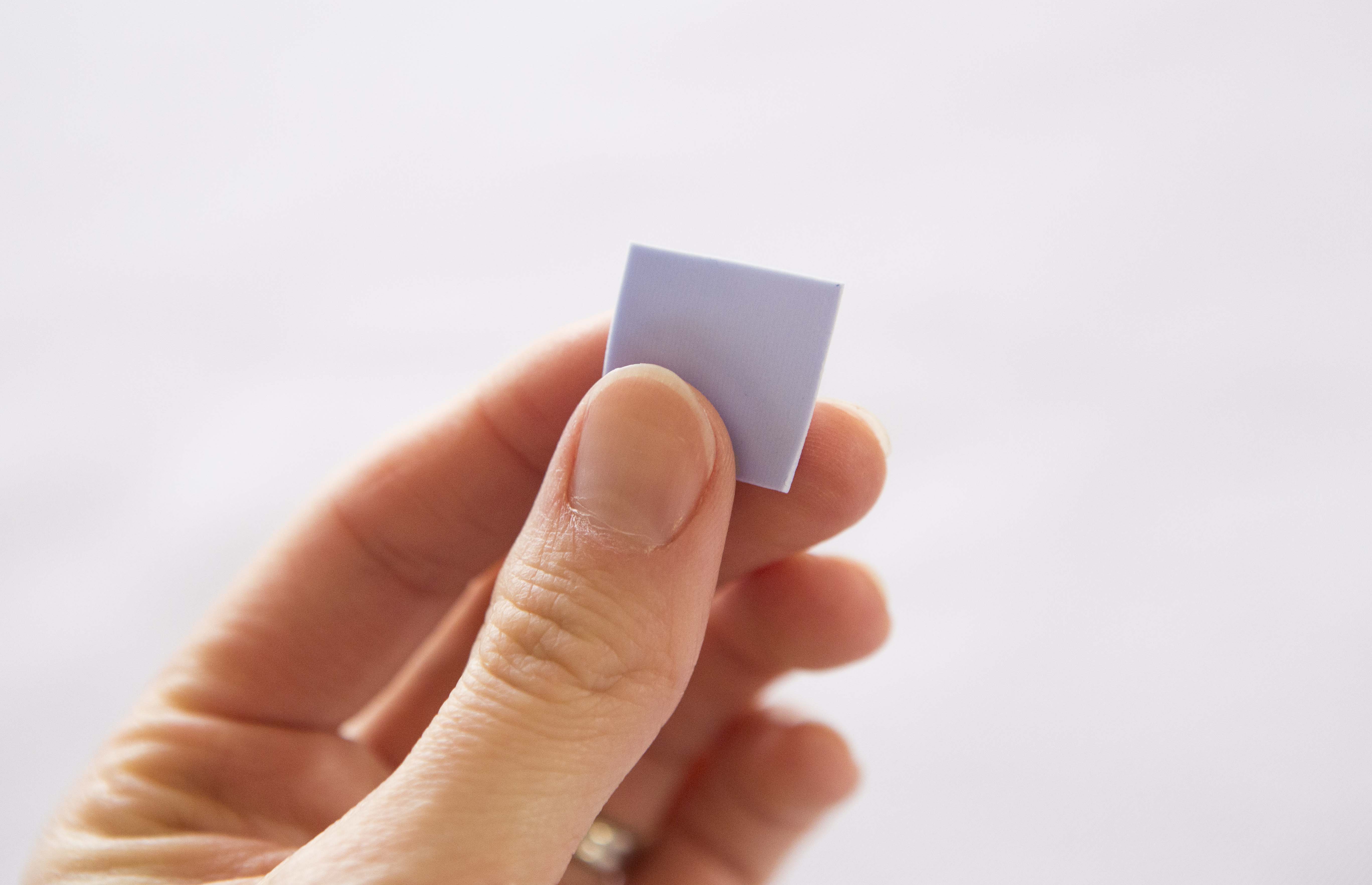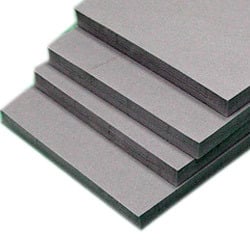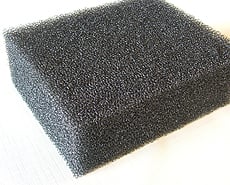Particle-filled silicone are elastomeric compounds that combine the advantages of silicone with electrical properties of metals. Conductive silicone materials can include the following filler materials: nickel, graphite, silver, copper, and aluminum.
Particle-filled silicone materials provide shielding against electromagnetic interference (EMI) and radio frequency interference (RFI). Silicone in itself boasts a number of tremendous properties, including high performance at extreme temperatures (-50°C - 350°C), durability and abrasion resistance, chemical stability, and electrical insulation. This combination of features makes particle-filled silicone materials ideal for EMI seals and gaskets in a range of applications and industries, including the demanding applications of the military and aerospace industries.
Some designers have concerns about using particle-filled silicone. Silicone has desirable material properties, but loading a high percentage of particle filler into the rubber in an effort to increase conductivity can result in negative tradeoffs. Typically, industry professionals worry that particle filled electrically conductive silicone will exhibit the following negative material features:
- too hard
- too brittle
- too expensive
- have long lead times
- limited by mold size dimensions
- not thin enough for newer, thinner designs



